Introduction
Eco-friendly food packaging solutions, such as compostable boxes and recyclable containers, are revolutionizing the food delivery industry. These innovative packaging options not only prioritize convenience but also align with the growing consumer demand for environmentally responsible choices. With the rapid growth of the online food delivery market and the increasing emphasis on health and wellness, the role of sustainable packaging in maintaining food quality and minimizing environmental impact cannot be overstated.
In this article, we will explore the benefits of using food boxes for meal delivery, including their impact on convenience, quality, and freshness of ingredients, reduction of food waste, and considerations for choosing meal box services. Join us on this journey as we delve into the exciting world of food boxes and their transformative effect on how we enjoy our meals at home.
Benefits of Using Food Boxes for Meal Delivery
Eco-friendly food packaging solutions, like compostable boxes and recyclable containers, are revolutionizing the food delivery industry. These packaging options are designed not just for convenience, but also for sustainability, matching the growing consumer demand for environmentally responsible choices. The impressive growth in the food delivery sector, with 80% of diners in the US ordering online as frequently or more often than the previous year, underpins the need for innovative packaging solutions that align with health-conscious and eco-aware trends.
The box itself has become a key component in the meal delivery experience. For instance, services such as meal kits deliver premeasured ingredients, often requiring minimal preparation, while prepared meal subscriptions offer dishes that are ready to heat and serve. With the global online food delivery market expected to surge at a 9.49% compound annual growth rate from 2024 to 2029, the importance of sustainable packaging that can maintain food quality, ensure safety, and minimize environmental impact cannot be overstated.
In response to these shifts, companies are increasingly crafting ‘food is medicine’ programs, recognizing that nutritious meals can be a more effective treatment for certain conditions than medication. This approach emphasizes the need for packaging that not only preserves the integrity of the food but also aligns with the overarching goal of promoting health and wellness.
Moreover, the financial aspect of food delivery cannot be ignored. As convenience becomes a routine, with one-third of Americans enjoying delivered meals twice a week, the costs associated with delivery are scrutinized. Customers are looking for ways to enjoy the convenience of delivered meals without incurring excessive expenses, making efficient and cost-effective packaging solutions more critical than ever.
In this ever-evolving landscape, food businesses and delivery services are guided by consumer feedback, striving to meet the changing needs and expectations. As they innovate to improve convenience, quality, and sustainability, the role of food packaging continues to grow in significance, shaping the future of how we enjoy our meals at home.
Convenience and Time-Saving
Food boxes are revolutionizing mealtime for those with demanding schedules. As people juggle various responsibilities, the thought of crafting a meal from scratch is often too time-consuming. Enter the food box: a pre-packaged culinary savior that comes with precise portions of ingredients, ready to be transformed into a delectable dish.
Not only do they streamline the cooking process, but they also cater to the health-conscious, with nutritious options readily available. For instance, The Rotten Fruit Box exemplifies this, offering quick, wholesome meals that align with the ‘food is medicine’ approach, potentially reducing healthcare costs by emphasizing nutrition over medication.
Moreover, the rise of online food ordering, a trend solidified by the pandemic, shows no signs of waning. Statistically, a staggering 80% of diners in the US maintain or increase their online ordering frequency. These services have made it simpler for consumers to explore new culinary experiences from the comfort of their homes.
In fact, 67% of customers have discovered new dining options through platforms like DoorDash. Meal delivery services are not just about convenience; they’re about expanding one’s palate and embracing a variety of cuisines.
The popularity of food boxes also reflects a broader societal shift towards convenience in food consumption. Time-saving is a clear motive, as modern lifestyles often involve both partners working, leaving little room for traditional home cooking. Ready meals and meal kits are gaining traction, with three in five consumers globally indulging in convenience foods at least once a week, according to Innova Market Insights.
This shift is also economically significant, with the online food delivery market expected to surge from $1.22 trillion to $1.92 trillion globally between 2024 and 2029, exhibiting a compound annual growth rate of 9.49%. As we move forward, meal delivery services will continue to shape the way we view dining, merging the need for efficiency with the pleasure of eating.
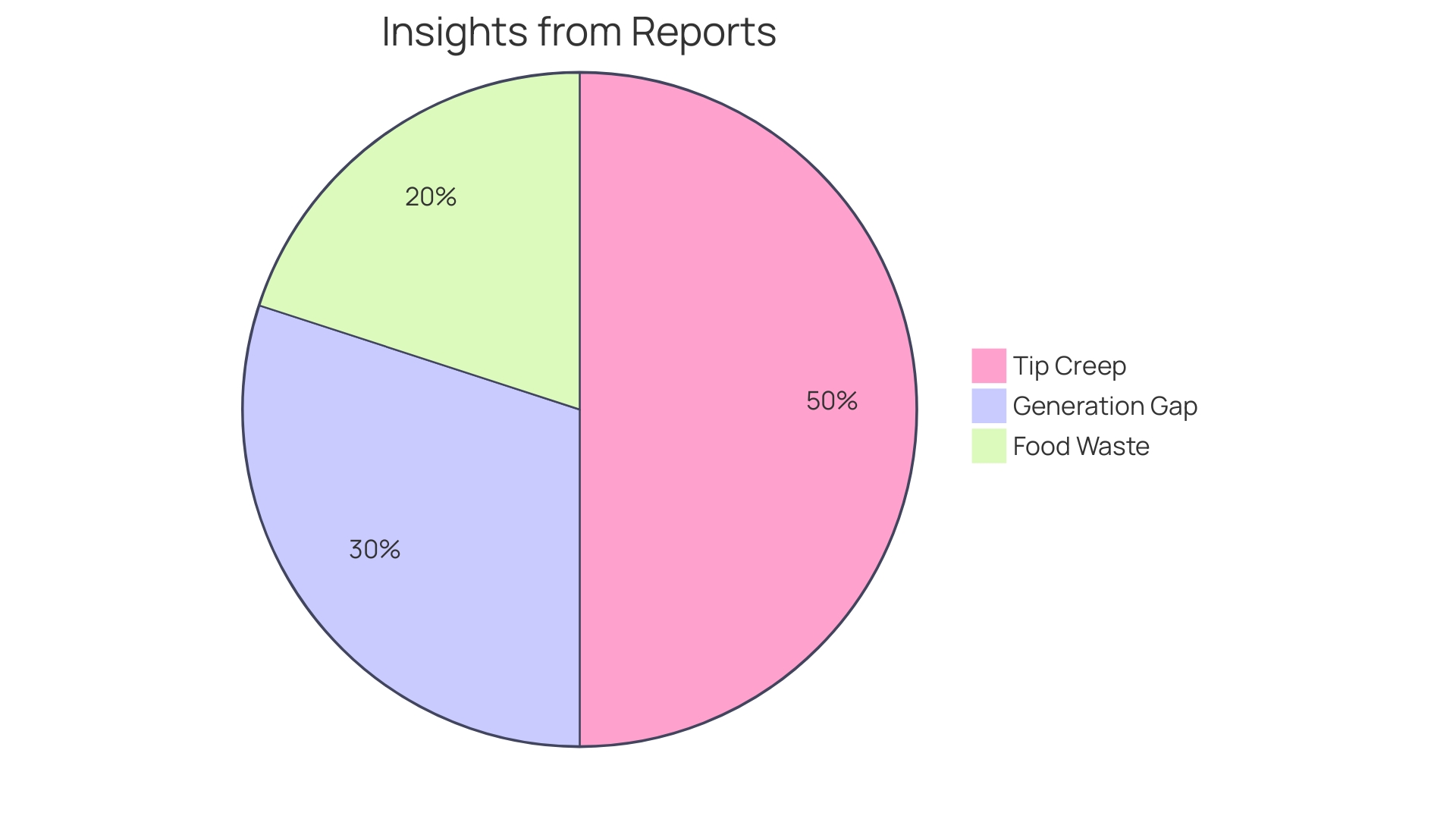
Quality and Freshness of Ingredients
Elevating the mealtime experience with food delivery services has become the norm for many households. With a bevy of options available, customers are reveling in the convenience of receiving high-quality, fresh ingredients right to their doorstep. These services pride themselves on the freshness of their produce, meats, and other offerings, ensuring that every ingredient delivered is at its peak.
The commitment to quality is further demonstrated as many of these ingredients are organic, locally sourced, and sustainably produced, aligning with consumer values of environmental responsibility and community support.
Celebrated for their quality and variety, companies like The Rotten Fruit Box and Blue Apron have set a standard in the meal delivery industry, as evidenced by a decade of satisfied customers. Notably, the packaging plays an integral role in maintaining the freshness of these delectable meals. Services like Rootberry package their vegan meals in sealed plastic trays, which, while fresh upon delivery, can also be stored in the freezer for later consumption.
Customers find ease and flexibility in this, as meals can be prepared with minimal effort and time.
The rise in food delivery services isn’t a fleeting trend. In the US alone, a staggering 80% of diners are maintaining or increasing their frequency of online food orders. The global online food delivery market projects robust growth, with a forecasted expansion from $1.22 trillion to $1.92 trillion in just five years.
This surge is partly due to the convenience it affords busy individuals and families who might not have the time to cook or dine out but still prioritize nutritious meals.
As we navigate through the myriad of meal delivery services, which range from meal kits to prepared meal subscriptions, the underlying theme remains the same: convenience without compromising on quality. Meal kits send ingredients, often premeasured and prepped for ease of cooking, while prepared meal subscriptions offer fully cooked meals that require nothing more than reheating. With such services, mealtime becomes a seamless, enjoyable experience that caters to various tastes and dietary preferences.
Impact on Food Waste Reduction
In a concerted effort to address the dual challenges of food waste and food insecurity, innovative approaches are being embraced across America. Retailers, such as New York’s ShopRite, are pioneering statewide programs where surplus food like bread and fresh produce is donated to food banks instead of ending up as waste. Such initiatives have become increasingly vital, as food waste is a significant contributor to landfill space shortages and methane emissions, a potent greenhouse gas.
On the agricultural front, farmers are incorporating sustainable practices to curb food waste and bolster food security. This includes groundbreaking partnerships and technologies that efficiently redirect surplus food from businesses to non-profit organizations in need.
Moreover, households play a critical role in this ecosystem. With the average American wasting approximately a pound of food daily, the MITRE Food Waste Tracker app has been designed to help families monitor and reduce their waste footprint. This tool is a response to the startling statistic that nearly half of food waste occurs at the household level.
These efforts are underscored by compelling statistics revealing that in the UK alone, the greenhouse gas emissions related to household food waste amounted to 18 million tons of CO2 equivalent in 2021/22. In the United States, grocery retailers have made historic strides by reducing unsold food waste by 25% over four years, equivalent to a 30% decrease in the carbon footprint of unsold food—the same as removing nearly 270,000 passenger vehicles from the roads annually.
A comprehensive approach to tackling food waste requires a deep understanding of the amounts and sources of waste, as well as strategic communication to galvanize community support. It’s not just about managing scarcity; it’s about optimizing logistics to ensure that food reaches those who need it most, turning the tide on both waste and hunger.
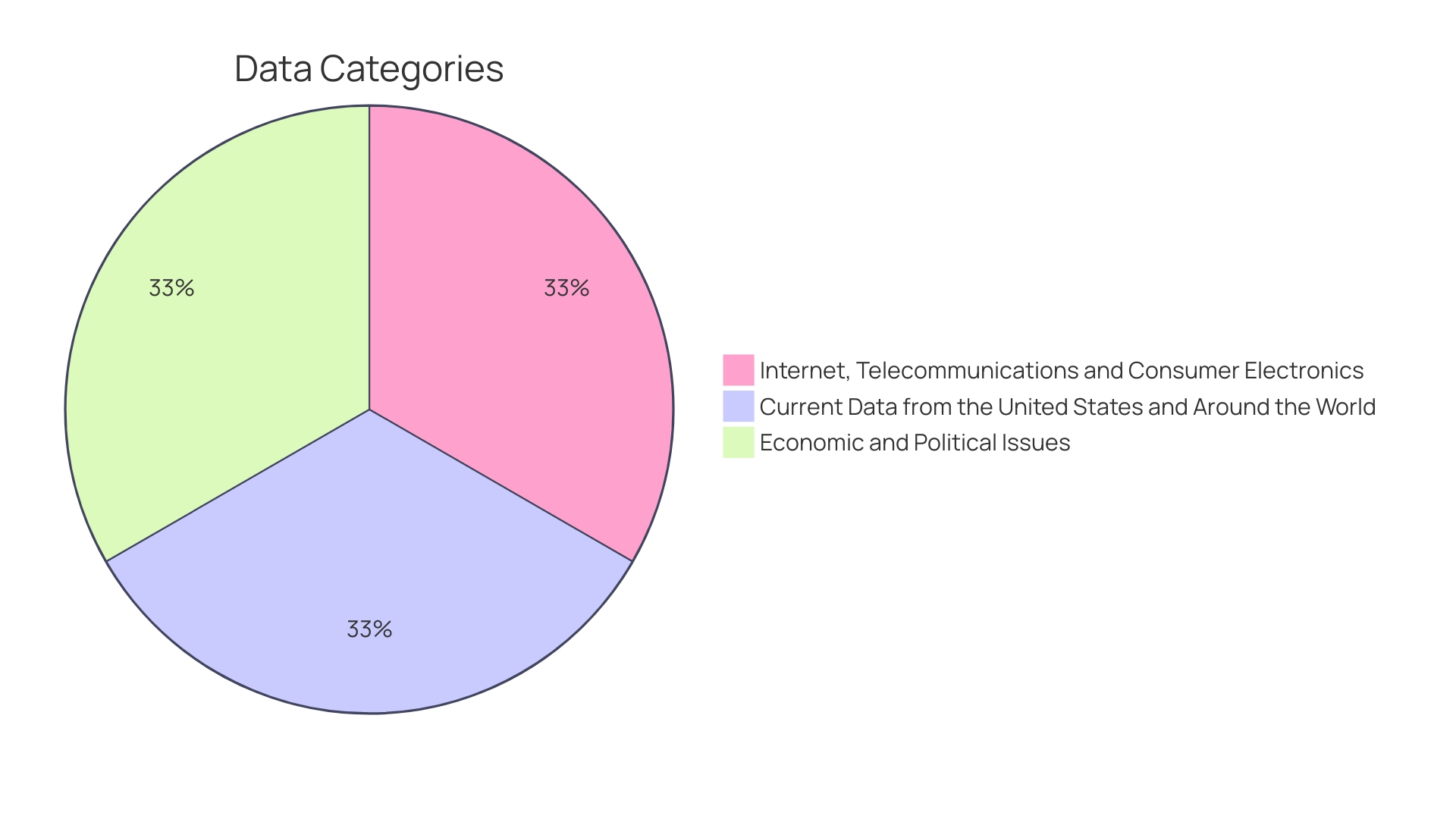
Determinants for Choosing Meal Box Services
Exploring meal box services can be a delightful culinary journey, especially when you unearth options that resonate with your taste and ethical considerations. The secret to selecting the perfect service lies in the spectrum of culinary adventures they offer. With the rise of dietary consciousness, it’s crucial to pick a provider that caters to a smorgasbord of preferences, be it vegetarian, vegan, or gluten-free.
Tapping into the ethos of meal kits, Blue Apron emerges as a standout, celebrating a decade of satiating diverse palates. Even amidst grocery inflation, they’ve managed to keep their meal plans economical without skimping on premium offerings like steak and seafood. Their wallet-friendly approach doesn’t just appeal to the budget-conscious but also to gourmets seeking variety without the hefty price tag.
In the realm of chef-driven creations, CookUnity unveils a world where culinary artistry meets convenience. Their model empowers chefs to craft meals that showcase their creativity and culinary heritage, delivering a dining experience that mirrors a restaurant’s menu. Whether it’s succulent meats, exquisite fish dishes, or vibrant vegetarian bowls, the kaleidoscope of choices ensures that every plate is an exploration of flavors.
The landscape of meal options is ever-evolving, with a study from PYMNTS Intelligence revealing that a significant chunk of consumers are now opting for ready-to-eat meals regularly. This shift underscores the growing appeal of subscription services that prioritize both convenience and taste.
Moreover, the trend of meal prepping is gaining traction, with people seeking to cook at home for health and budget reasons. The increasing online resources and compact meal prep kits like bento boxes are making this practice more accessible and enjoyable, encouraging a shift towards home-cooked goodness.
When considering a meal box service, it’s not just about filling your fridge; it’s about aligning with your lifestyle, values, and the sheer joy of discovering new dishes. With providers like Blue Apron and Community, the promise of diversity, quality, and flexibility is just a subscription away. This is where the confluence of cost, convenience, and culinary diversity creates the perfect storm for a meal service that doesn’t just feed you but also feeds your soul.
Parent and Family Perspectives on Meal Boxes
Meal kits have revolutionized the dinner table, especially for families seeking to balance nutrition with their bustling lives. Not only do they slash the time spent on meal planning and grocery runs, but they also bring a dash of excitement to the kitchen. For parents juggling multiple responsibilities, these kits serve as a lifeline to keep their families nourished with wholesome, tasty meals.
Involving kids in meal preparation isn’t just a bonding activity; it’s an educational goldmine. It encourages an early appreciation for wholesome foods and fosters culinary skills. And with the recent surge in meal kit popularity, it’s clear that families are embracing this modern approach to dining at home.
In fact, studies have highlighted that meals provided by schools often pack a higher nutritional punch than those packed at home, underscoring the value of well-considered meal options for children.
The rise in meal kit demand is backed by compelling figures. In the bustling online food market, a staggering 61% of Canadian consumers are maintaining or increasing their frequency of online food orders. This trend mirrors the global shift towards convenient eating solutions that don’t compromise on health.
Moreover, the soaring cost of groceries, which jumped 11.4% in 2022, is making meal kits an attractive alternative to traditional food shopping, offering families a way to manage their budgets more effectively.
Amid rising living costs, the appeal of meal kits extends beyond convenience; they represent a financial reprieve for families. With the expected annual increase in food costs, the provision of universal school meals could relieve Canadian families of significant grocery expenses, potentially saving them a sizeable amount per child each month. This financial breathing room could allow families to afford healthier meals outside of school hours, further solidifying the role of meal kits in a balanced, nutritious family diet.
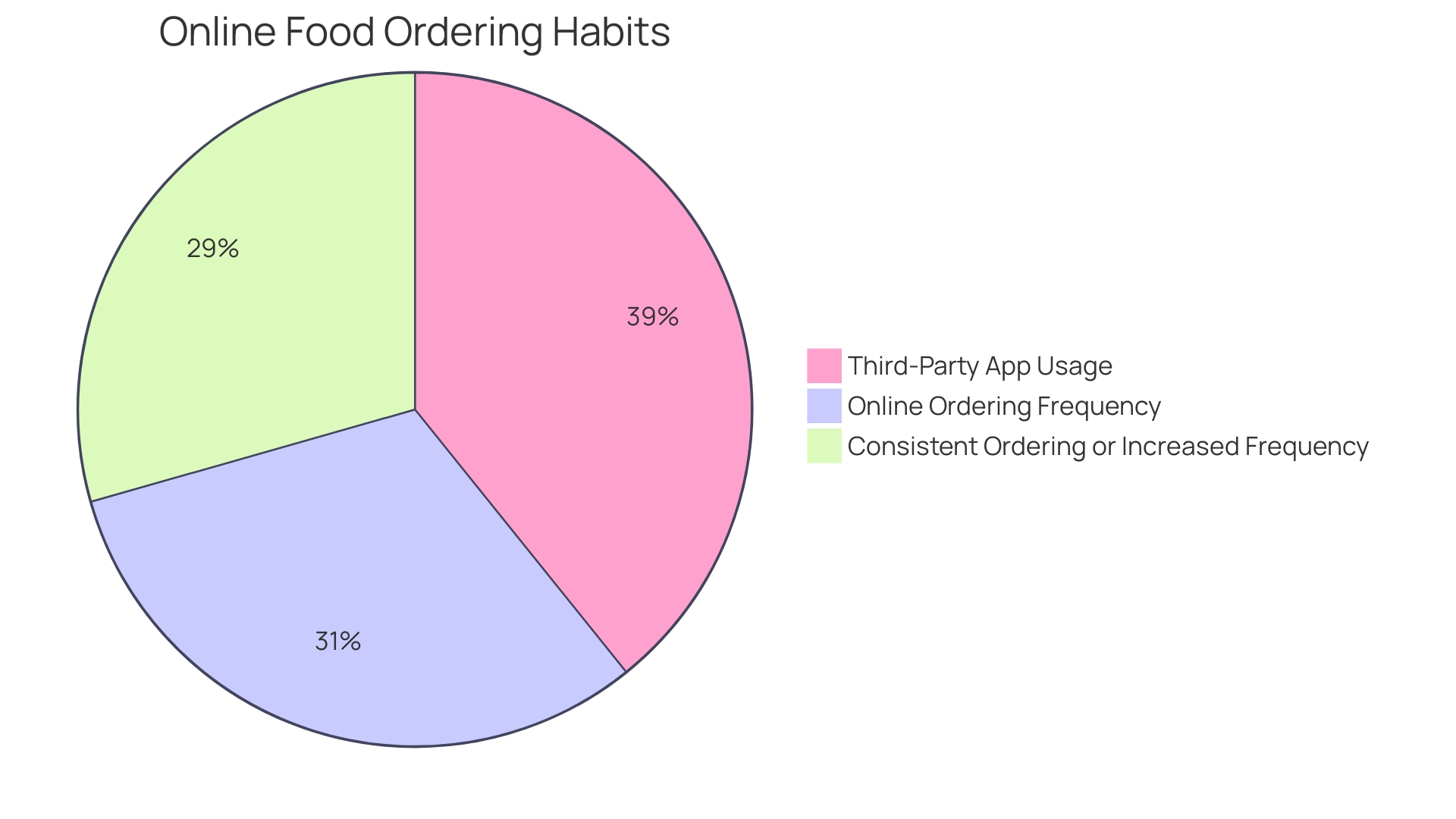
Potential Drawbacks and Considerations
While food delivery boxes offer convenience and can help reduce food wastage, there’s a growing concern about the impact of their packaging on the environment. With the EU seeing a rise from 66 million tons of packaging waste in 2009 to 84 million tons in 2021, the push for sustainability is more urgent than ever. To address this, recent legislation aims to make packaging more sustainable, targeting a 5% reduction by 2030.
This includes banning certain single-use plastics and promoting the use of reusable containers, particularly in the HORECA sector where consumers will be encouraged to bring their own containers.
It’s not just about reducing waste; it’s also about embracing a circular economy where materials like bamboo, known for its regenerative properties, are used to create recyclable or compostable packaging. This approach ensures that from the production to the disposal stage, the environmental footprint is minimized. Statistics show that the environmental impact of packaging is significantly lower than food waste itself, with consumed food accounting for 60-80% of greenhouse gas emissions compared to just 2-12% from packaging materials.
Therefore, while considering the individual dietary needs and potential allergies that come with food boxes, it’s paramount to integrate eco-friendly solutions that support food protection and waste reduction.
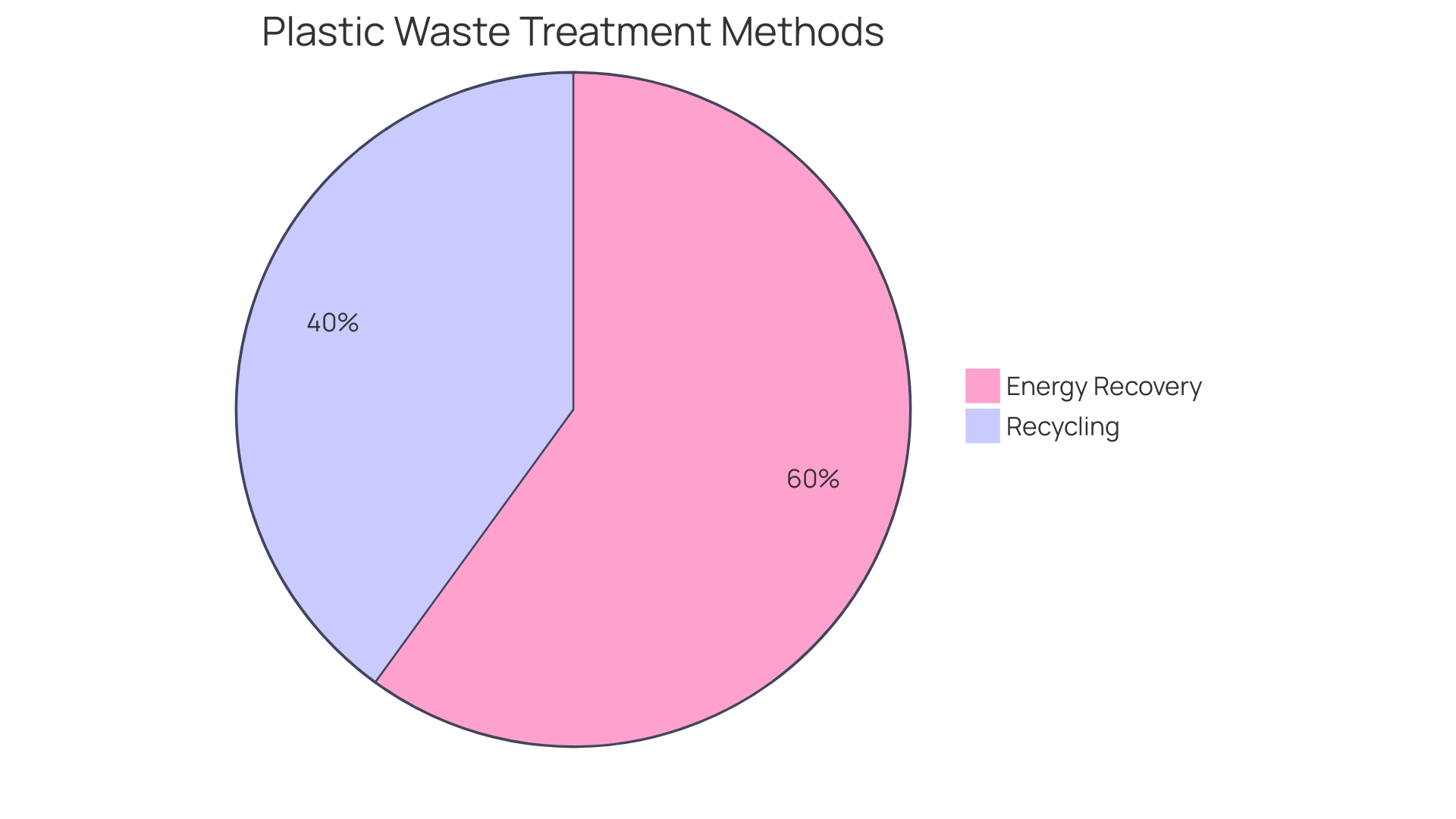
Environmental and Health Implications
Switching to food boxes not only addresses the concern of food waste through portioned ingredients, but they also pave the way for sustainable sourcing practices. By opting for providers who focus on eco-friendly packaging, made from renewable resources, and employ green shipping methods, we can significantly reduce our carbon footprint. It’s a move that resonates with consumers and businesses alike, as illustrated by initiatives like Uber Eats’ sustainability framework in Australia and New Zealand, which advocates for recyclable, compostable packaging.
Moreover, these food boxes offer a practical solution to maintaining a balanced diet by supplying nutritious meals, which is instrumental in healthy eating. However, it’s still critical to mix these meals with a variety of fresh produce to ensure dietary diversity. The Rotten Fruit Box is an example of a company making sustainability accessible and affordable, challenging the notion that eco-friendly products come with a premium price tag.
When it comes to recycling takeout containers, it’s not as straightforward as one might think. As Jeremy Walters from Republic Services points out, it’s vital to do your research because local recycling capabilities vary, and not all containers with the recycling symbol may actually be recyclable in your area.
The impact of food waste is not just a household concern; it has far-reaching environmental implications. In the UK alone, the greenhouse gas emissions associated with wasted food and drink were approximately 18 million tons of CO2 equivalent in 2021/22. This includes the entire food and drink system, from production to disposal.
Meanwhile, the Pacific Coast Food Waste Commitment reports notable progress in the retail sector, with grocery retailers reducing unsold food by 25%, which translates to a substantial environmental benefit.
Ultimately, the adoption of eco-friendly food packaging solutions is more than a trend; it’s a crucial step towards a more sustainable food system, with companies and consumers alike playing their part in this environmental endeavor.
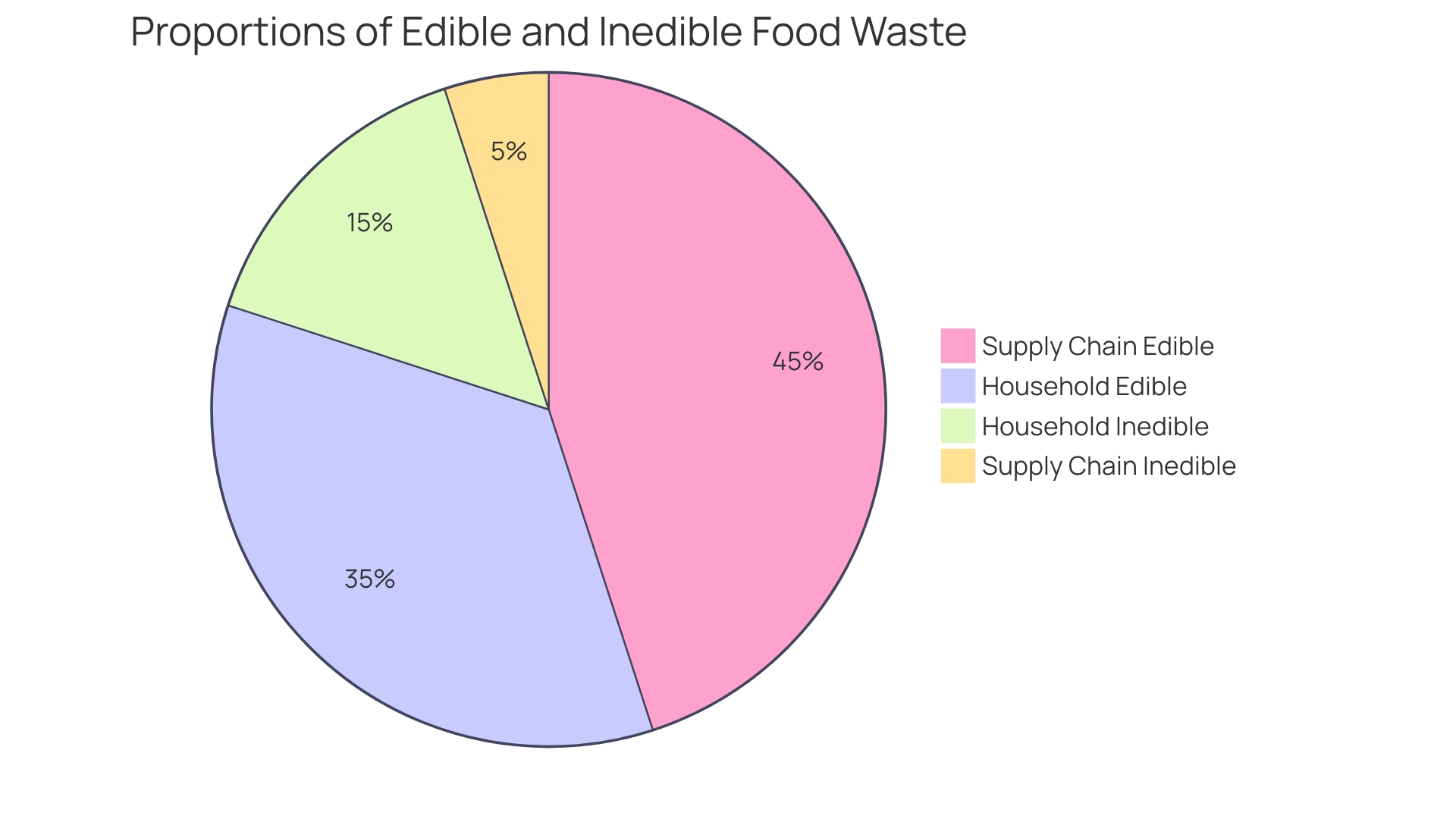
Conclusion
Food boxes for meal delivery have revolutionized the food delivery industry, offering eco-friendly packaging options that prioritize convenience and sustainability. These solutions align with the growing demand for environmentally responsible choices and cater to the health-conscious and eco-aware trends of consumers. With the rapid growth of the online food delivery market, sustainable packaging is crucial for maintaining food quality and minimizing environmental impact.
Food boxes provide convenience and time-saving benefits, streamlining the cooking process with pre-packaged ingredients and ready-to-heat meals. They also expand culinary experiences by allowing consumers to explore a variety of cuisines from the comfort of their homes. The packaging plays a crucial role in maintaining the freshness of ingredients, ensuring high-quality and locally sourced produce, meats, and other offerings.
Another significant impact of food boxes is their contribution to reducing food waste. Innovative approaches, such as partnering with food banks and implementing sustainable practices, address the challenges of food waste and food insecurity. Efforts at the household level, such as monitoring and reducing waste footprints, are also crucial in this ecosystem.
When choosing meal box services, it’s important to consider variety, dietary preferences, and ethical considerations. Providers like Blue Apron and CookUnity offer diverse culinary adventures that cater to different tastes and lifestyles. Meal kits provide a lifeline for families seeking to balance nutrition with their busy lives, involving children in meal preparation as an educational and bonding activity.
While there are concerns about the environmental impact of packaging, efforts are being made to make it more sustainable and promote the use of reusable and recyclable containers. By opting for providers who prioritize eco-friendly packaging and employ green shipping methods, consumers can contribute to a more sustainable food system.
In conclusion, food boxes have transformed the way we enjoy meals at home, offering convenience, quality, and sustainability. They provide practical solutions for busy individuals, families, and health-conscious consumers while reducing food waste and promoting a more sustainable food system. By choosing meal box services that align with our preferences and values, we can make a positive impact on our health and the environment.
